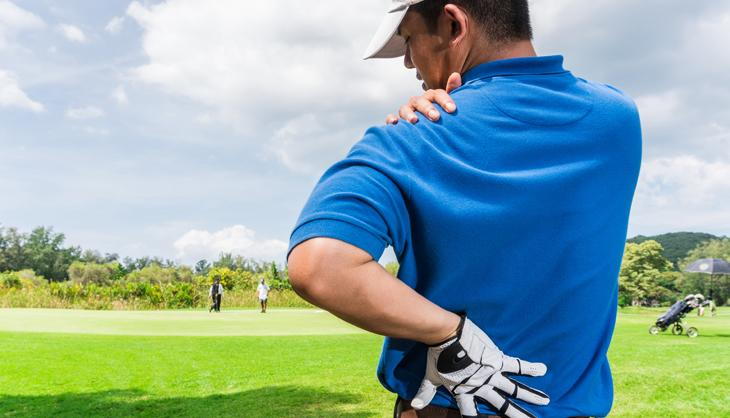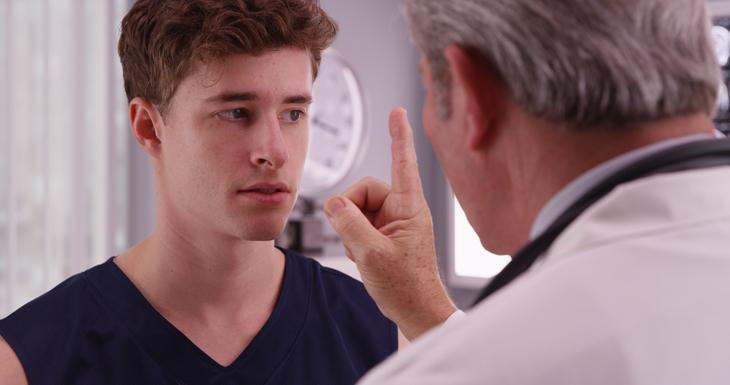
The Most Common Sports Injuries
The majority of amateur and professional athletes continue to play sports or stay active throughout the year. Even though the activities they perform may change, it is entirely possible for them to develop a sports injury and require medical intervention or undergo physical therapy and chiropractic care to regain full use of an area and lessen related discomfort.
A range of sports injuries can occur either while performing an activity, or shortly thereafter. Timely intervention and rehabilitation can shorten recovery periods while supporting the body’s natural healing processes. Understand more about the most common sports injuries being treated today.
Why Do Sports Injuries Occur?
Repetitive stress and blunt force trauma or collisions often lead to a sports injury. One doesn’t even have to consider themselves an athlete to develop an injury due to repetitive stress. Those who garden, golf, or play tennis on a regular basis can experience a sports injury from overuse or repetitive stress.
Such types of injuries include tennis elbow, rotator cuff injuries, inflammation of a tendon, knee or joint issues, and pain in the shoulders or back. As for sports injuries in general, over 50 percent occur in and around the knee.
The knee is a very mobile area, and it opens the area up to a greater possibility of injury. Aside from injuries of the knee, other susceptible areas to injury include the shoulder, foot, ankle, hip, and head. Those engaging in a particular sport may be more prone to developing an injury related to that specific activity, such as an ACL injury with soccer players, and shoulder dislocations with footballers.
A sports injury can occur over time or have a sudden onset. An athletic individual may be unknowingly causing damage to an area over a period of time when playing their favorite sport. However, the final trigger may be as simple as lifting a heavy box.
Sudden onset sports injuries may happen from a forceful collision and result in fractures, concussions, or broken bones. In either situation, athletes may then pursue treatment to reduce pain and regain optimal range of motion after the healing of any acute trauma.
Tendon Injuries and Tendinopathies

The tendon is a soft-tissue structure attaching muscle to bone. This connective tissue helps withstand force and offers joint stability. Tendons take more time to heal when compared to muscles due to poor blood supply. Tendon injuries include tendinitis, tendinosis, or a tear. Tendinitis and tendinosis are also tendinopathies. Such problems are often caused by repetitive activities. Weakened or tight musculature makes for more force transfer to the tendons. This can cause inflammation or tendinitis. Chronic overuse can cause degeneration of a tendon or tendinosis. Partial or complete tears may be seen by those also dealing with a sprain or ligament injury.
Ligament Sprains
Like tendons, ligaments are a type of connective tissue. Instead of attaching muscle to bone, they form a connection between bones and a joint. Ligaments offer passive stabilization and a sprain generally happens when joints are forced quickly past their normal range of movement. The ligament fibers are considered inelastic and can rupture by this action. Ligament sprains can be mild to severe with a complete rupture of the affected ligament.
Stress and Bone Fractures
For active individuals and athletes, a bone fracture or stress fracture can develop, with the sites varying depending on the sport. Up to 20 percent of all sports medicine clinic injuries are stress fractures, with track-and-field athletes topping the list of experiencing the highest incidence of such injuries.
Stress fractures are a result of repeated stress to the area, but with less force than needed to fracture the bone at one time. This is not the only reason for a stress or bone fracture. Diet, flexibility, and muscle strength are some additional factors. Those with osteoporosis may also be at higher risk of bone fractures. Early intervention and prevention is the preferred course of action for athletes and those at risk of stress fractures.
Concussions

A concussive injury happens inside the skull and athletes should be aware that no protective device, such as a helmet, can entirely prevent a concussion. Concussions are considered temporary brain injuries. Sports-related concussions are a result of forceful trauma to the head or other area that causes sharp movement of the head.
Weak neck muscles may also reduce the ability of the body to absorb the shock of a blow to the head. It is important for athletes to learn proper techniques for engagement in contact sports and neck muscle exercises to help lower the risk of concussions for players and potentially increase career longevity.
Prevent and Address Sports Injuries
Many sports injuries due to repetitive stress and overuse are entirely preventable. Getting enough rest before practice or games, and regularly exercising with both stretching and muscle-strengthening activities can help maintain a healthy body. However, it’s not only individuals that consider themselves amateur or professional athletes that run the risk of sports injuries.
Remember that the human body tends to degenerate over time and naturally incurs wear and tear. It is important for those in their 50s and up to slowly get into a new activity and choose low-impact sports.
It is common for older persons to experience swelling and joint issues because of suddenly increasing their activity level. As with more athletic individuals, a routine exercise plan and chiropractic adjustments may help the body deal with unusual or repetitive stress on the body.
Many children and adults can enjoy playing sports and activities without serious injury. Individuals in professional sports often rely on trainers and chiropractic expertise to support their health when practicing and on the field, helping them prevent a sports injury or address a specific concern.
Amateur and professional athletes in track and field, football, skiing, golfing, baseball, and more can work with a chiropractor to take proper measures to avoid a sports-related injury.

